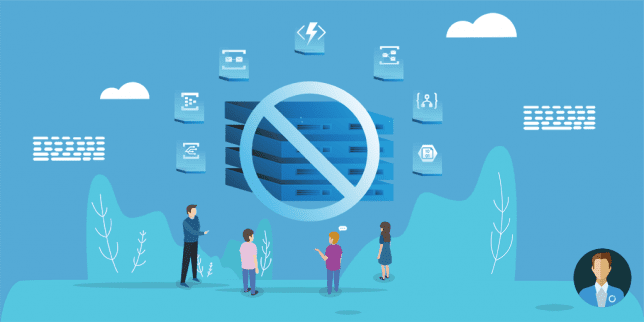Serverless Computing: An Overview
Serverless computing is a relatively new concept in the world of cloud computing, and it has been gaining significant traction in recent years. The term serverless can be quite misleading, as it implies that there are no servers involved in the process. However, this is not entirely true. Serverless computing is a cloud computing model that enables developers to build and run applications without the need for managing infrastructure. In this article, we will explore what serverless computing is, how it works, and some of its benefits and drawbacks.
What is Serverless Computing?
Serverless computing is a model of cloud computing where the cloud provider manages the infrastructure and automatically allocates resources as required to support the application. In a serverless architecture, developers can focus on building and deploying applications without having to worry about managing servers or the underlying infrastructure. This means that developers can spend more time on coding and less time on infrastructure management, resulting in increased productivity and faster time to market.
How Does Serverless Computing Work?
In a traditional cloud computing model, developers need to provision and manage virtual machines, storage, and network resources to host their applications. However, in serverless computing, developers do not need to manage any of these resources. Instead, they only need to provide their application code and configure the necessary triggers and events that will invoke the code.
Serverless computing providers, such as AWS Lambda, Azure Functions, and Google Cloud Functions, manage the underlying infrastructure and automatically allocate resources as required to support the application. When an event or trigger occurs, the provider runs the code in a container and automatically scales up or down based on the workload.
Benefits of Serverless Computing
- Reduced Operational Overhead: Since serverless computing providers manage the infrastructure, developers can focus on building and deploying applications without having to worry about managing servers, storage, or network resources. This reduces the operational overhead and allows developers to focus on delivering value to their customers.
- Improved Scalability: Serverless computing provides automatic scaling of resources based on the workload. This means that applications can handle sudden spikes in traffic without any manual intervention, resulting in improved scalability and availability.
- Cost Savings: Since serverless computing providers only charge for the actual usage of resources, it can be more cost-effective than traditional cloud computing models where developers need to provision resources upfront. This means that developers only pay for what they use, resulting in significant cost savings.
Drawbacks of Serverless Computing
- Cold Start Times: Since serverless computing providers manage the underlying infrastructure, there may be a delay in the startup time of a function when it is invoked for the first time. This delay, known as the cold start time, can be significant and may impact the performance of the application.
- Limited Control: Since serverless computing providers manage the infrastructure, developers have limited control over the underlying resources. This means that developers may not be able to configure the infrastructure to meet specific performance or security requirements.
Conclusion
Serverless computing is a powerful cloud computing model that can significantly reduce operational overhead, improve scalability, and provide cost savings. However, it is not without its drawbacks, and developers need to carefully consider the trade-offs before deciding to adopt this model. Overall, serverless computing is an exciting development in the cloud computing world that is worth exploring for its potential benefits.


